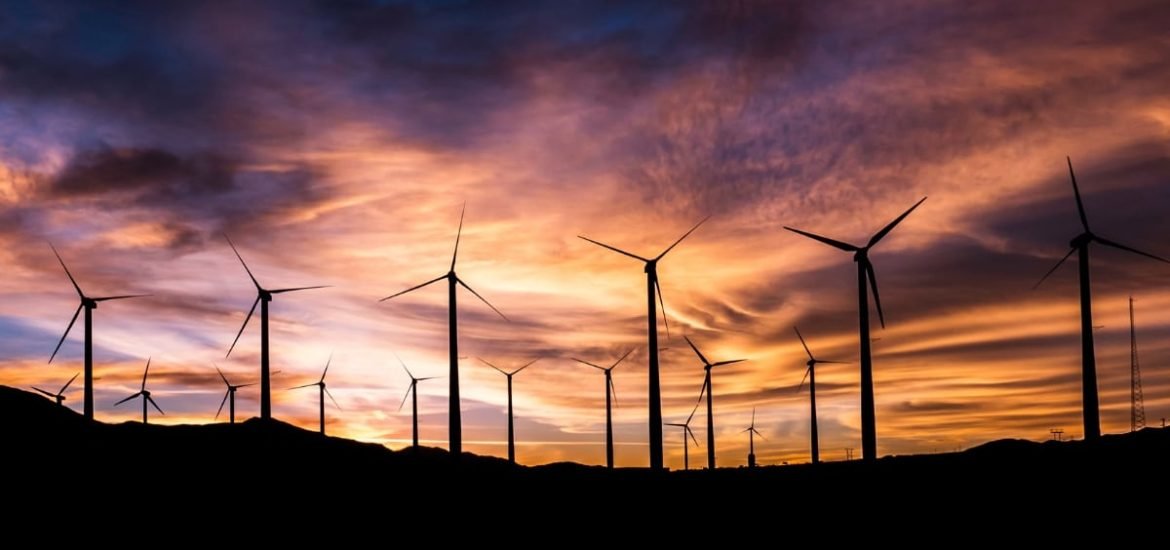
A paper published in the journal Joule on 4 October presents the most accurate model yet of how increasing wind power could affect climate change (1). Wind power reduces emissions but can also cause climatic impacts such as warmer temperatures. The findings suggest the long-term positives of wind farms are accompanied by more immediate negative costs ― all low-carbon technologies have unavoidable social and environmental impacts ― nonetheless, harnessing the power of the wind remains a better alternative to fossil fuels.
The study carried out by David Keith and Lee Miller from Harvard Univerity used a standard weather forecasting model to establish a baseline based on the 2012–2014 climate in the US. The authors essentially carried out a cost-benefit analysis in relation to climate impact and found that covering one-third of the continent with wind turbines to meet present-day US electricity demands would result in warming of the surface temperature by 0.24 degrees Celsius. Moreover, it would take 50 years for wind-related reductions in greenhouse gas concentrations to offset the climate effects.
Several studies have now observed local warming caused by wind farms, including a previous study led by Keith (2). In the present paper, the simulated warming was found to be roughly consistent with previous observations. According to senior author David Keith, an engineering and public policy professor, “If your perspective is the next 10 years, wind power actually has― in some respects― more climate impact than coal or gas. If your perspective is the next thousand years, then wind power is enormously cleaner than coal or gas.”
In an accompanying paper also published on 4 October in Environmental Research Letters, Keith and Miller compared the projections of the wind power impact with solar power-induced climate change based on US data from 1990–2016 (3). Specifically, they looked at something called power density, which is defined as the energy generation per unit of the land surface area occupied by an energy system ― lower power densities mean larger land and environmental footprints.
The authors report, “wind power has a 10-fold lower power density than solar,” but they also note that “wind power installations directly occupy much less of the land within their boundaries.” In other words, for the same energy generation rate, the impact of solar power would be around 10 times smaller. Furthermore, both renewable sources have pros and cons ― one particularly important consideration is that solar farms are situated in close proximity taking up a huge amount of land space, whereas the land between wind turbines could be co-utilized for agriculture. Another contributing factor is that wind turbines exhibit more intermittent operating patterns, which effectively means there is more potential variation in both the heat generation and power output.
The scientists only looked at data for the US so the study was not applied on a global scale, however, heavy reliance on wind power is likely to have warming effects worldwide. Nevertheless, moving away from fossils fuels is necessary to reduce carbon dioxide emissions.
The environmental impact of large-scale energy systems ― including wind, solar, or other low-carbon sources ― are unavoidable; therefore, comparing the potential implications of different renewable energy sources should be a crucial part of planning for a fossil fuel-free future.
(1) Miller L.M. and Keith, DW. Climatic Impacts of Wind Power. Joule (2018). DOI: 10.1016/j.joule.2018.09.009
(2) Keith, D.W. et al. The influence of large-scale wind power on global climate. Proceedings of the National Academy of Sciences (2004). DOI: 10.1073/pnas.0406930101
(3) Miller, L.M. and Keith, D.W. Observation-based solar and wind power capacity factors and power densities. Environmental Research Letters (2018). DOI: 10.1088/1748-9326/aae102